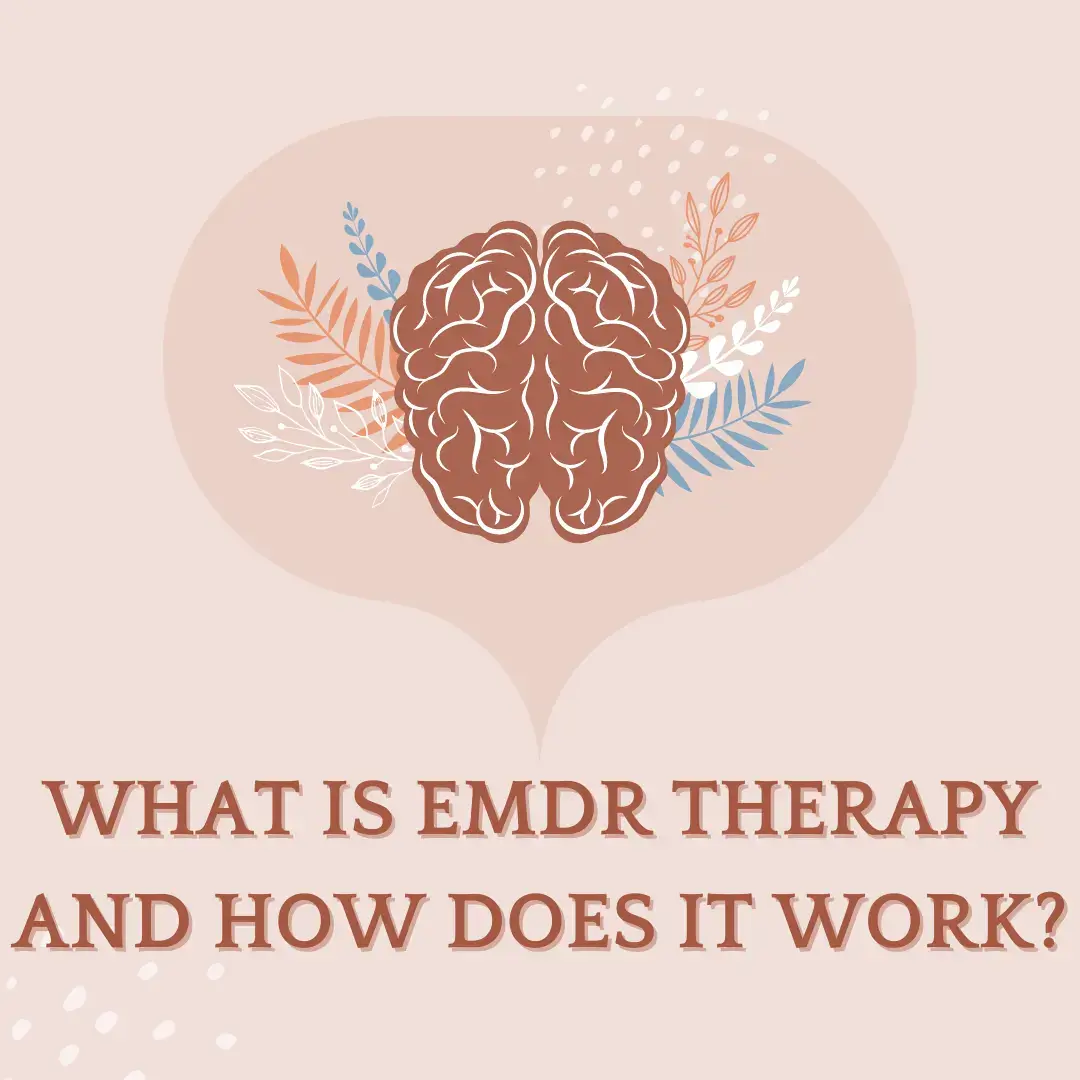What Is EMDR Therapy and How Does It Work?
Trauma can cause intense dreams, flashbacks, and anxiety, making everyday life hard. Besides talk therapy and medication, EMDR therapy is another treatment option. EMDR uses eye movements or tapping to help the brain reprocess traumatic memories. This helps you heal naturally, making it easier to deal with painful memories and recover from trauma. In this guide, we will explain how EMDR therapy works, its benefits, and what to expect during sessions.

What Is EMDR Therapy?
EMDR is a cognitive behavioral therapy specifically intended for the treatment of Posttraumatic stress disorder(PTSD) and involves the use of specific eye movements. People can recover from any psychological trauma and frightening incidents with its help. Although EMDR was established quite recently in 1989, many clinical trials have been conducted after its formation, and this method is considered efficient and sometimes even faster than other therapies.
How Does EMDR Therapy Work?
EMDR works on the idea that traumatic memories may not get processed properly by your brain. This results in symptoms such as nightmares, flashbacks, and severe emotional reactions each time a similar event is encountered. The therapy assists in altering the way your brain perceives and interprets these memories to make them less painful.
During an EMDR session, your therapist will guide you to briefly think about a traumatic memory while using specific techniques such as:
- Eye Movements: You’ll follow the therapist’s hand movements back and forth.
- Tactile Stimulation: You may feel light vibrations on your hands.
- Auditory Stimulation: You will hear sounds that switch from one ear to the other.
These methods are used to stimulate both sides of your brain, which helps in processing the memories more effectively.
How Does EMDR Therapy Achieve Results?
Experts believe EMDR works in several ways that benefit you:
- Working Memory Theory: Some people believe that when they concentrate on the traumatizing experience at the same time with their eye movements or doing some other task, the memory is reprocessed in the brain. This can play a role in erasing the emotional aspect of the memory over time.
- Physiological Changes: Eye movements or other types of bilateral input may cause your body to relax. The two can result in a reduction of actual physical signs of stress such as an increased pulse rate or contracted muscles hence assisting in managing emotions.
- Other Theories: EMDR may also replicate actual processes during the REM stage of sleep in which memories are reprocessed and synthesized. It also may impact other areas of the brain that may be responsible for regulating emotions, and that could help someone to regulate their response to triggers.
Evidence and Benefits
Various research studies have provided substantial evidence indicating that EMDR therapy is an effective treatment for PTSD and other related trauma symptoms. Most patients report a decrease in nightmare frequency and other PTSD symptoms like nightmares and flashbacks, as well as significant subjective improvement.
Benefits of EMDR Therapy
Here are the benefits of EMDR therapy, which helps in managing and healing from trauma:
Minimal Detail Required
EMDR therapy enables you to work through the trauma without going into the specific details. This is done by altering feelings, perceptions, and behaviors that are caused by trauma so that one’s brain can revert to its normal functioning.
Mind and Brain Connection
EMDR is beneficial because it reconnects the brain and helps the way your brain stores and processes information. This therapy also helps to reconnect your brain and mind, that is, your thoughts, memories, and experiences.
Proper Memory Processing
According to the AIP model, EMDR assists your brain in processing the traumatic memory in a healthy manner. As a result, ongoing distress resulting from the improper storage of traumatic memories is also mitigated.
Reduces Triggers and Flashbacks
EMDR therapy helps you become less bothered by sights, sounds, or smells that make you very emotional. These stimuli are not as distressing when traumatic memories have been re-processed.
Healing Through Reprocessing
In EMDR, while making certain prescribed eye movements, the patient is required to focus on traumatic experiences. This process helps your brain rewire the memories, and hence they lose their emotional charge. You will recall these events over time and not feel you are living through them again and thus the emotions become more controllable.
Conclusion
EMDR therapy is an excellent approach to treating trauma as it focuses on processing memories within your brain. Through practices such as eye movements, it can help to decrease the emotional pain associated with traumatic memories and facilitate the healing process. If you have not fully recovered from the traumatic events that have happened in your life, you may benefit from EMDR therapy.

